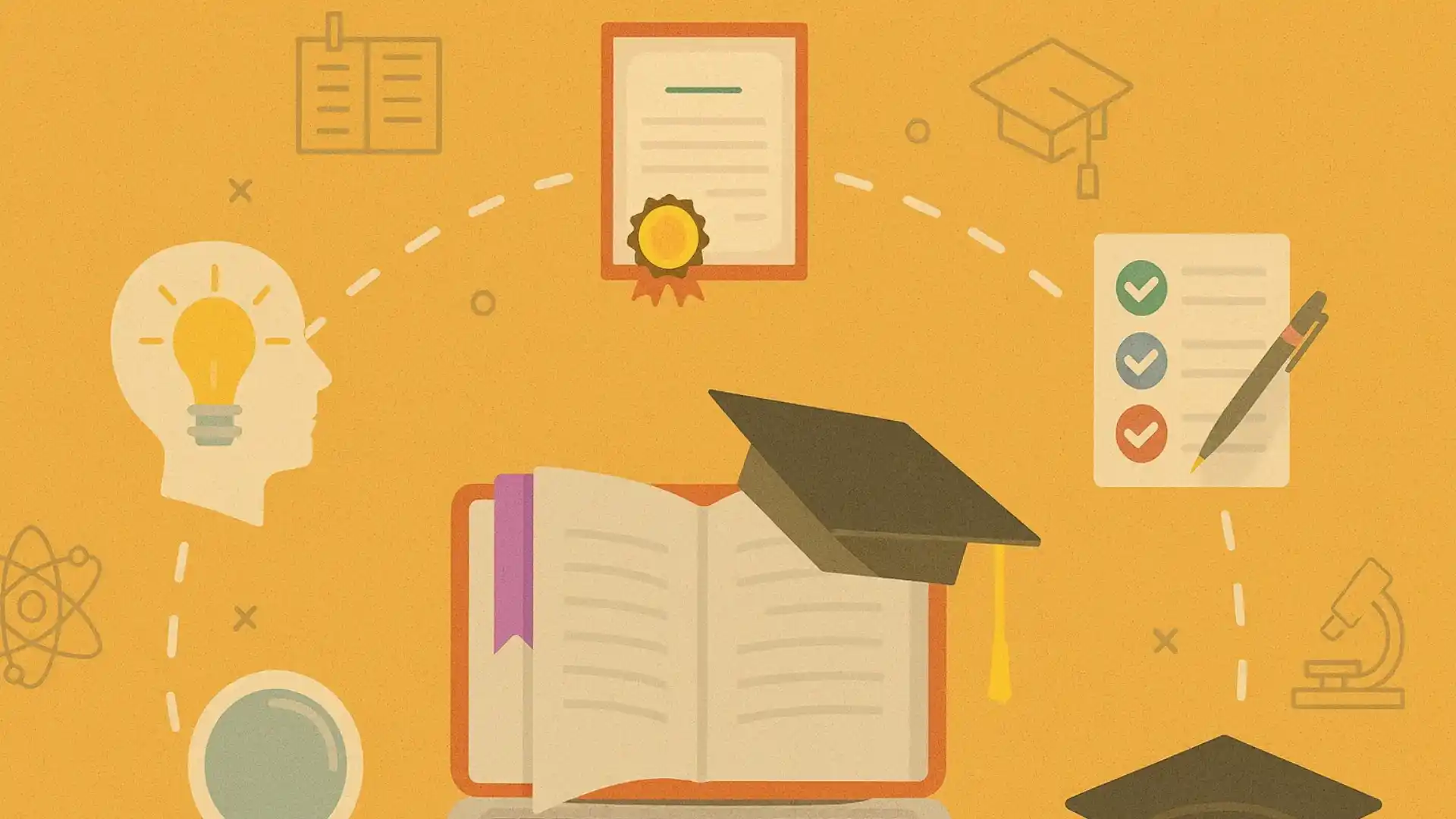Education is rapidly evolving, and it’s time we start rethinking the classroom for future education. Traditional chalkboards are giving way to interactive tools, AI-based learning, and flexible spaces that prepare students for tomorrow’s challenges.
In this post, we are rethinking the classroom for future education, asking how learning spaces must evolve for modern learners.
1. Introduction — A Classroom Forgotten by Time
Have you ever noticed? Even today when you walk into a school classroom, it feels like stepping back fifty years. Rows of benches, a teacher in front, chalk or marker on the board, and students quietly taking notes. Yes, the blackboard has turned into a smartboard and notebooks into tablets — but the method of teaching remains the same: rote learning, exams, and one-sided lectures.
Yet these same students, at home, explore galaxies on YouTube, watch 3D experiments, and learn online with friends from across the world. The question arises — is our education system changing as fast as the world around it?
2. The Reality of Today’s Classroom
Imagine a student in 2025. At home, he solves algebra problems with Google Assistant, watches physics experiments in 3D, and learns coding with children worldwide. But in school? He still copies notes from the board, memorizes definitions, and listens silently instead of asking questions.
The outside world values curiosity, problem-solving, and innovation — while schools still revolve around discipline and marks. According to a UNESCO report, nearly 70% of students feel school prepares them only for exams, not for life.
3. Where is Change Seen?
Change may not be everywhere, but it is certainly visible in some places. The traditional teaching method still dominates, yet a few countries and schools have shown that alternative learning can be more meaningful and effective.
This shift isn’t just incremental — it’s about rethinking the classroom for future education to meet the demands of a changing world.
Finland — Finland’s education system is admired worldwide. Here, “subjects” aren’t taught in isolation. Students learn through integrated “projects.” For example, if the topic is Climate Change, they explore it through multiple lenses — from science (meteorology and pollution), economics (impact on industries), history (migration and wars), and ethics (sustainability). This approach helps students connect knowledge with real life.
India’s NEP 2020 — India’s National Education Policy 2020 shifts focus from rote learning to creativity and skills. Schools have started initiatives like:
- Coding Clubs: Students learn coding from Class 6 and create apps or games while learning mathematics.
- Design Thinking Workshops: Students identify local problems (e.g., school waste management) and design their own solutions.
- Project-Based Evaluation: Assessments now include presentations, teamwork, and projects — not just exam scores.
Such efforts are producing not just students who memorize answers but thinkers and problem-solvers.
Montessori and Alternative Schools — These institutions follow “learning by doing.” For instance, in a math class, students run an imaginary shop using toy money to calculate expenses and profits — applying math in real contexts without rote learning.
All of this shows that transformation is possible — it just requires courage and imagination.
4. What Real Change is Needed?
To prepare students not just for exams but for life, education must evolve fundamentally.
- From Rote Learning → Towards Practical Use
Memorizing formulas is meaningless unless students know how to apply them. Education should connect knowledge with daily life — so math, science, and language become living tools, not just subjects. - From Silence → Towards Questions
Discipline has long meant silence in class, but true learning starts with curiosity. Encouraging children to ask “why” nurtures future innovators. - From Only Marks → Towards Cooperation
The future belongs to teamwork, not competition. Schools must promote collaboration through group projects and shared problem-solving, reflecting how real-world organizations work. - From Rigid Curriculum → Towards Flexible Learning
Education must evolve with the times. Subjects like AI, Data Science, and Robotics are now essential. Students should be free to explore music with math or coding with art — building learning paths based on their passions.
5. Then Where Are the Difficulties?
The journey toward educational reform is complex, with several major challenges ahead.
- Resources & Infrastructure — Many schools, especially in rural areas, lack digital tools or even basic learning materials. Bridging this gap needs government funding, NGO support, and private collaboration.
- Teacher Training — Most teachers were trained under old systems focused on lectures and memorization. Introducing project-based or design-thinking education requires continuous upskilling and mentorship.
- Cultural Mindset — Society still equates high marks with success. But modern careers value skills — communication, creativity, and problem-solving — more than exam scores. Changing this mindset is the toughest but most vital task.
These hurdles aren’t dead ends — they’re signposts guiding where investment, innovation, and patience are needed most.
6. Final Thoughts — Learning to Learn
The true purpose of education is not to fill minds with facts but to light them with curiosity. In today’s world, where information is a click away, the real skill is to understand, question, and create something new.
“Education is not filling the head, but lighting the head.” Schools must become laboratories of ideas, not halls of exams. If education continues to focus only on marks, it will prepare children for a world that no longer exists.
Real learning lies in creativity, adaptability, and lifelong curiosity. When we teach students not just to study but to learn — we don’t just prepare them for the future; we empower them to create it.

